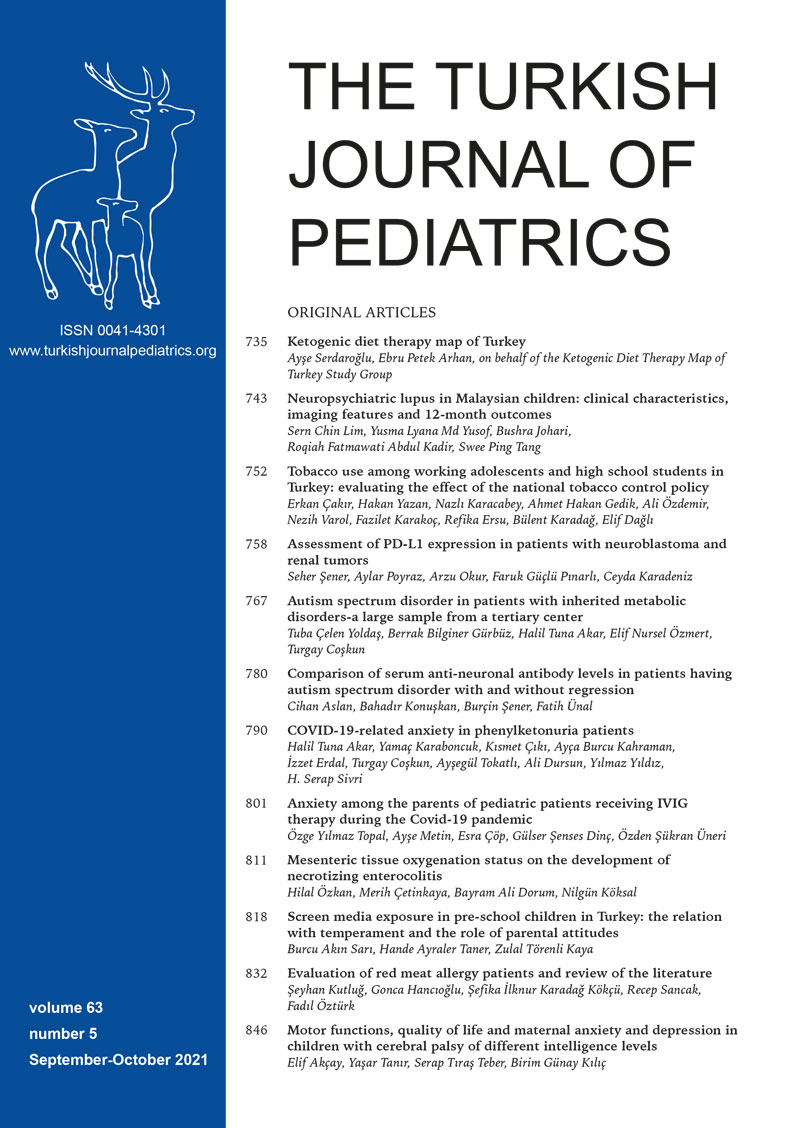Abstract
Background. In our previous published study conducted in 2006 before the national tobacco control program (NTCP), we found that working adolescents (WA) more frequently consumed cigarettes than high school students (HSS). The objective of the present study was to compare the smoking status of WA and HSS before and after the NTCP.
Methods. A questionnaire including questions about the participant`s socio-economic level and smoking status was administered.
Results. There were 668 subjects in the 2006 study and 869 subjects in the 2015 study. When we compared the 2015 results with the 2006 study, while there was a significant decline in the ever smokers (p < 0.001), there was no difference in current smokers in both the female and male WA groups. In the HSS group, there was a significant decline in ever smokers (p < 0.01), for both females and males. While there was a significant decline in current female smokers (p=0,002), no significant decrease was found in current male smokers (p > 0.05) in the HSS group.
Conclusions. After the initiation of the NTCP, we have not seen a reduction in the smoking rates of both female and male WA and male HSS. The NTCP should particularly focus on the adolescent group in Turkey.
Keywords: adolescents, tobacco, tobacco control
Copyright and license
Copyright © 2021 The Author(s). This is an open access article distributed under the Creative Commons Attribution License (CC BY), which permits unrestricted use, distribution, and reproduction in any medium or format, provided the original work is properly cited.














